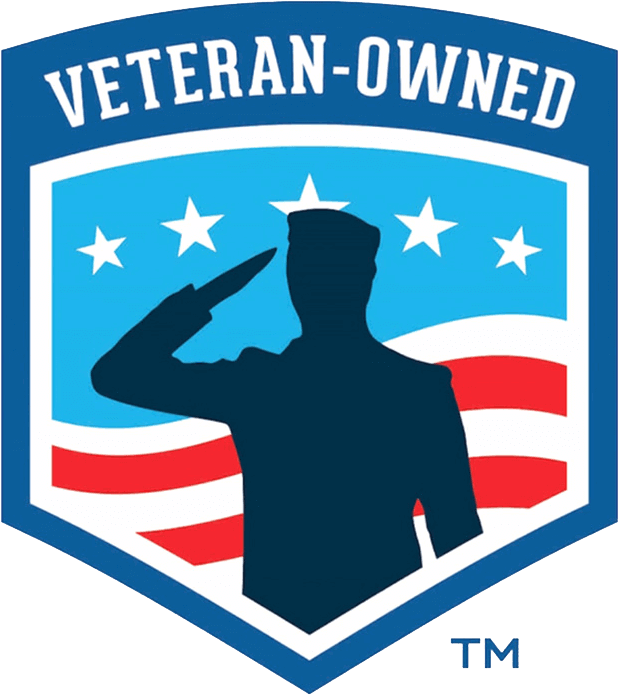One of the first things you should do when starting a trucking firm is to create a business plan. Before you hit the road, your plan will allow you to identify your trucking business and provide some direction.
Your business plan should include the following:
- goals of your trucking company
- what makes your company unique
- strategies for growth/expansion
- ways on how you are going to acquire clients
- a financial strategy outlining how you intend to make money
This business plan will be a fluid document that should be updated for changes at least once a year.
Steps To Take Before Developing A Trucking Business Plan
There are numerous crucial procedures you must take before you begin creating a business plan for your trucking firm. These actions will ensure that you are formally registered and abide by trucking industry rules.
To begin with, you must register your trucking company as a business with the relevant state and municipal authorities, which usually includes completing the proper papers and paying any applicable costs.
The IRS will then issue you an Employer Identification Number (EIN). This number is necessary when applying for various licenses, permits, and tax purposes.
You’ll also need a USDOT number in addition to the EIN issued by the Department of Transportation. This is necessary for any commercial motor vehicle that transfers cargo or passengers across state lines.
The next step includes applying to the Federal Motor Carrier Safety Administration for a Motor Carrier number. This number is required if your organization operates as a for-hire carrier and must adhere to FMCSA requirements.
A BOC-3 (also known as a Designation of Process Agent form) must also be filed. This form designates a person or company to receive legal documents on your trucking company’s behalf.
It is also essential to secure truck insurance that fulfills your state’s and the FMCSA’s minimum criteria. In case of an accident or damage, this will protect you, your drivers, and your client’s shipment.
In addition, establishing an International Registration Plan and an International gasoline Tax Agreement, which will allow your organization to operate beyond state lines and file gasoline taxes as needed, is crucial.
Last but not least, you must obtain a Unified Carrier Registration, which is a one-time cost paid to the UCR program.
These steps will ensure that your firm is legally registered and abiding by the industry regulations. It might take your time and energy, but it will give you the peace of mind you need as you grow your business and at the same time, help you gain clients.

What You Need To Know When Developing A Business Plan For Your Trucking Company
Collecting relevant information can help ensure the success of a business strategy for your trucking firm. Below are the important details to consider:
- List Your Assets And Liabilities – Determine your financial situation, including truck availability, funds, and other resources.
- Differentiate The Pricing Models – Understand the differences between spot market and contract market rates to build a clear revenue strategy for your trucking company.
- Research – To effectively decide your pricing strategies, investigate the current rates in specific freight channels you intend to operate in.
- Assess Cash Flow And Operating Expenses – To determine the company’s financial viability, examine all expenses, such as gasoline, maintenance, insurance, and permits.
- Finding Loads – Research and look for trustworthy load boards or freight brokers to keep your trucking firm busy.
You may establish a solid basis for your trucking company plan by gathering this information. A thorough understanding of assets, liabilities, market rates, operational expenses, and load availability is required for success in the trucking industry. A well-informed and detailed plan can improve your chances of acquiring potential clients, obtaining financing, and eventually thriving against your trucking business competition.
If you want to learn more about what should be included in your business plan, click this link.



